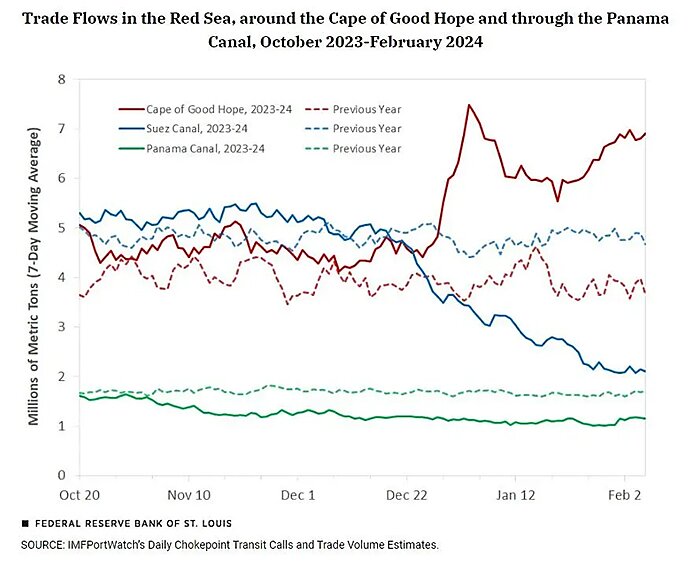The day after the accident, for example, the New York Times’ Peter Goodman proclaimed that the “wayward container ship” yet again “shows world trade’s fragility”—and thus serves as a highly visible example of “the pitfalls of relying on factories across oceans to supply everyday items like clothing and critical wares like medical devices.” His NYT colleague Paul Krugman was less hysterical but nevertheless wrote a week later that, “Supply chains are making me nervous again” and warned of broader economic harm. The Washington Post dinged the accident as a result and symbol of “rampant globalization” and openly worried about these disruptions causing “big problems” economically. These outlets certainly weren’t alone in their worry. And social media, as you can imagine, went even further.
In one respect, this consternation never made much sense. Sad as the incident may be, the Port of Baltimore is relatively small—just the 17th largest in the nation and significantly smaller than nearby ports in New York, Philadelphia, and Virginia. On the other hand, the port is economically significant in narrower ways: It is the nation’s 10th-largest port for dry bulk commodities, handles 28 percent of all U.S. coal exports, and ships the most automobiles in the United States (about 850,000 per year). If April 2023 numbers are any indication, the port’s closure cost it more than $6 billion in two-way trade this month alone.







